Shirui Li
Fast and Efficient Calculations of Structural Invariants of Chirality
Dec 21, 2017
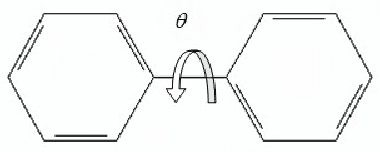
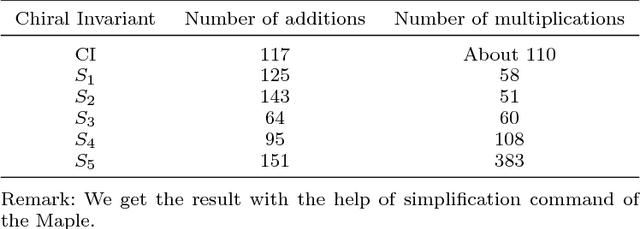

Abstract:Chirality plays an important role in physics, chemistry, biology, and other fields. It describes an essential symmetry in structure. However, chirality invariants are usually complicated in expression or difficult to evaluate. In this paper, we present five general three-dimensional chirality invariants based on the generating functions. And the five chiral invariants have four characteristics:(1) They play an important role in the detection of symmetry, especially in the treatment of 'false zero' problem. (2) Three of the five chiral invariants decode an universal chirality index. (3) Three of them are proposed for the first time. (4) The five chiral invariants have low order no bigger than 4, brief expression, low time complexity O(n) and can act as descriptors of three-dimensional objects in shape analysis. The five chiral invariants give a geometric view to study the chiral invariants. And the experiments show that the five chirality invariants are effective and efficient, they can be used as a tool for symmetry detection or features in shape analysis.
4d isip: 4d implicit surface interest point detection
Jun 23, 2017
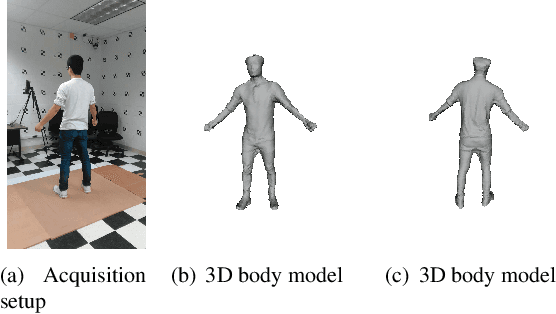

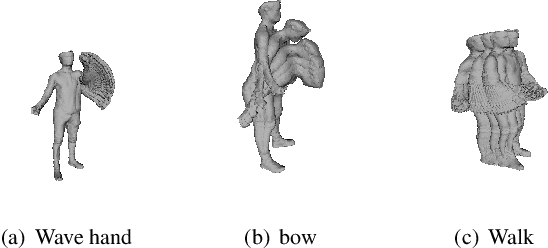
Abstract:In this paper, we propose a new method to detect 4D spatiotemporal interest points though an implicit surface, we refer to as the 4D-ISIP. We use a 3D volume which has a truncated signed distance function(TSDF) for every voxel to represent our 3D object model. The TSDF represents the distance between the spatial points and object surface points which is an implicit surface representation. Our novelty is to detect the points where the local neighborhood has significant variations along both spatial and temporal directions. We established a system to acquire 3D human motion dataset using only one Kinect. Experimental results show that our method can detect 4D-ISIP for different human actions.
A Kind of Affine Weighted Moment Invariants
Jun 19, 2017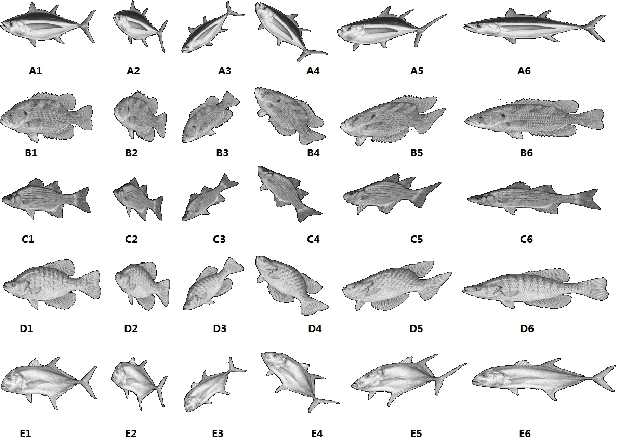
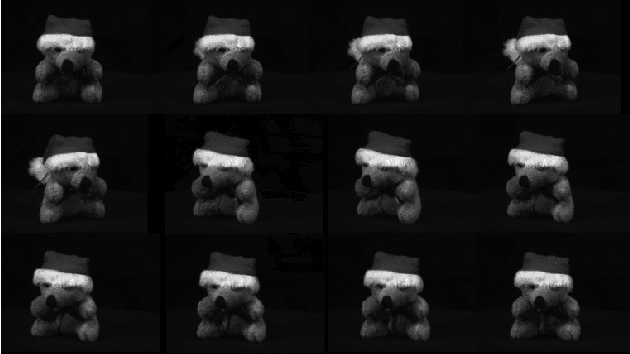
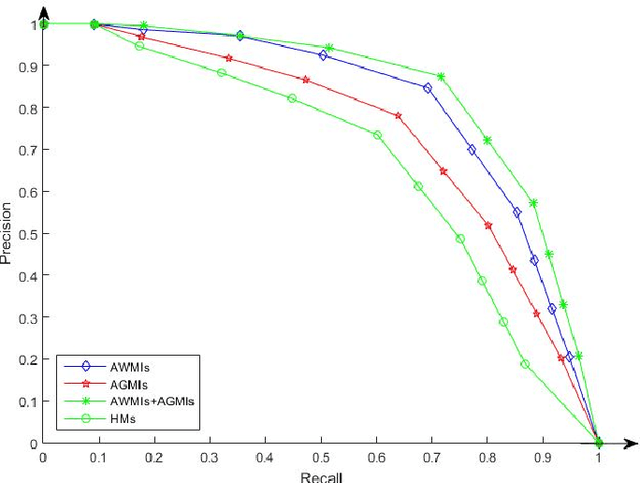
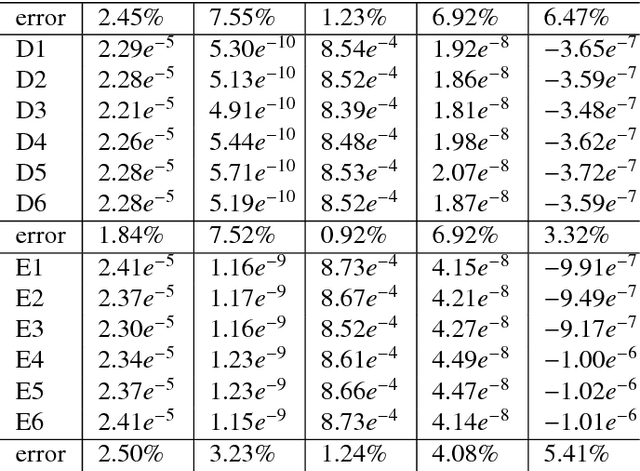
Abstract:A new kind of geometric invariants is proposed in this paper, which is called affine weighted moment invariant (AWMI). By combination of local affine differential invariants and a framework of global integral, they can more effectively extract features of images and help to increase the number of low-order invariants and to decrease the calculating cost. The experimental results show that AWMIs have good stability and distinguishability and achieve better results in image retrieval than traditional moment invariants. An extension to 3D is straightforward.
Shape-Color Differential Moment Invariants under Affine Transformations
Jun 14, 2017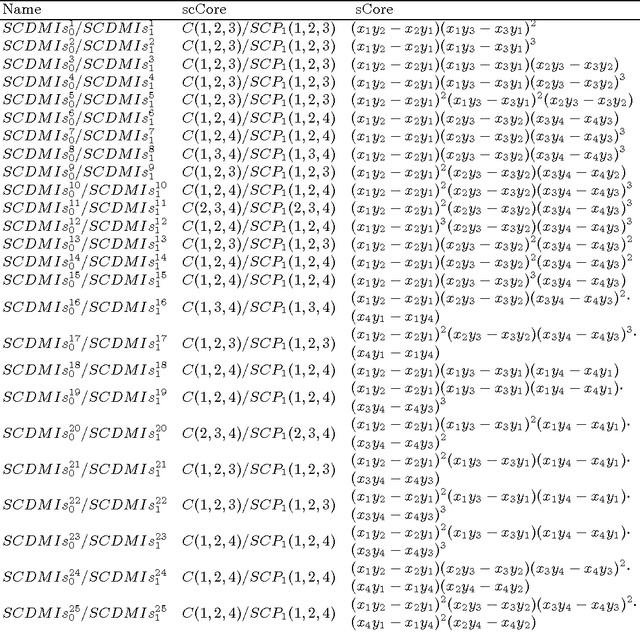
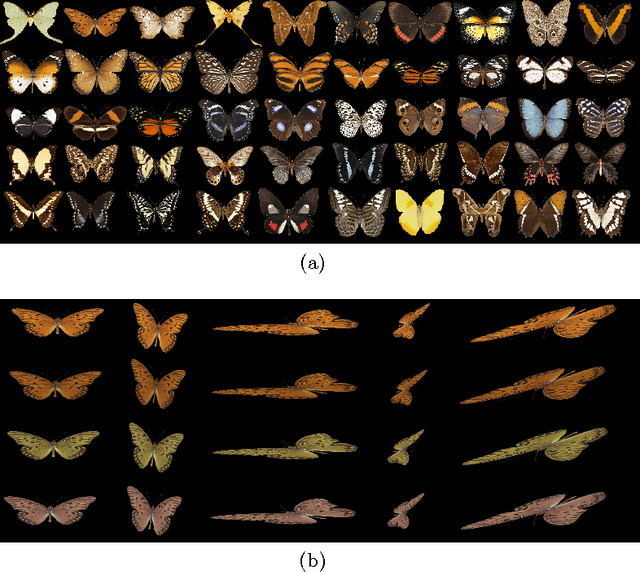

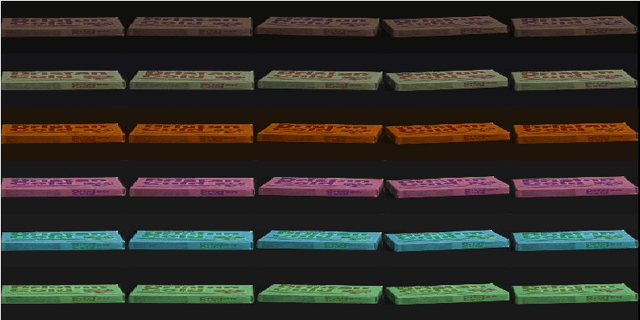
Abstract:We propose the general construction formula of shape-color primitives by using partial differentials of each color channel in this paper. By using all kinds of shape-color primitives, shape-color differential moment invariants can be constructed very easily, which are invariant to the shape affine and color affine transforms. 50 instances of SCDMIs are obtained finally. In experiments, several commonly used color descriptors and SCDMIs are used in image classification and retrieval of color images, respectively. By comparing the experimental results, we find that SCDMIs get better results.
Affine-Gradient Based Local Binary Pattern Descriptor for Texture Classiffication
May 19, 2017



Abstract:We present a novel Affine-Gradient based Local Binary Pattern (AGLBP) descriptor for texture classification. It is very hard to describe complicated texture using single type information, such as Local Binary Pattern (LBP), which just utilizes the sign information of the difference between the pixel and its local neighbors. Our descriptor has three characteristics: 1) In order to make full use of the information contained in the texture, the Affine-Gradient, which is different from Euclidean-Gradient and invariant to affine transformation is incorporated into AGLBP. 2) An improved method is proposed for rotation invariance, which depends on the reference direction calculating respect to local neighbors. 3) Feature selection method, considering both the statistical frequency and the intraclass variance of the training dataset, is also applied to reduce the dimensionality of descriptors. Experiments on three standard texture datasets, Outex12, Outex10 and KTH-TIPS2, are conducted to evaluate the performance of AGLBP. The results show that our proposed descriptor gets better performance comparing to some state-of-the-art rotation texture descriptors in texture classification.
 Add to Chrome
Add to Chrome Add to Firefox
Add to Firefox Add to Edge
Add to Edge